Tips
How to Organize Your Gaming Routine to Maximize Performance
Learn how to maximize your performance with an organized gaming routine. Get actionable strategies for pre-game rituals, breaks, tracking, and environment—perfect for mobile and PC gamers.
Advertisement
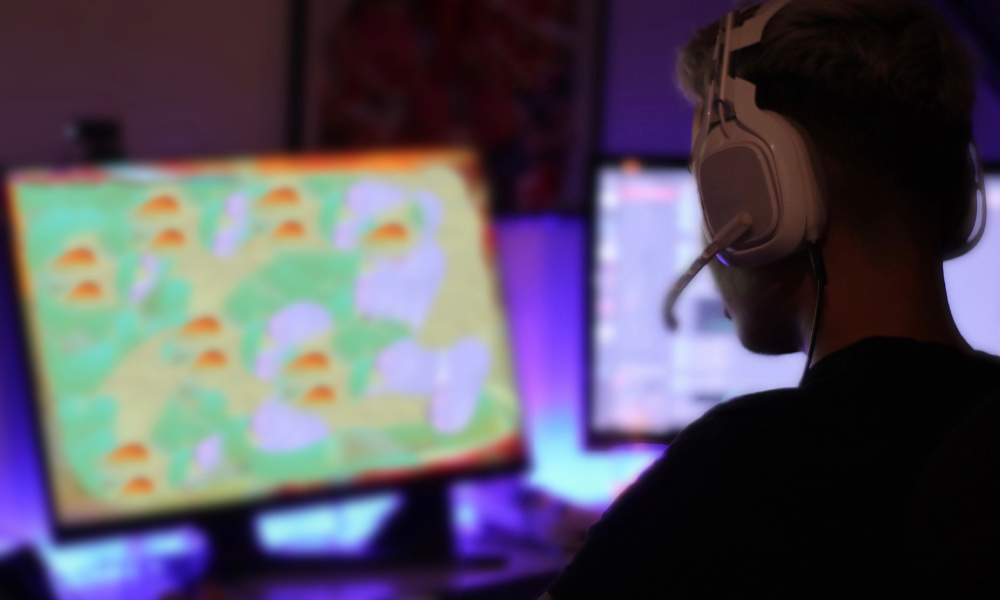
Anyone who wants to reach their peak in gaming can relate to the feeling: you sit down, ready to play, but chaos reigns. The gameplay drags, focus slips, and you wonder if there’s a better way. The secret could be refining the rhythm of your everyday gaming routine.
Gaming excellence takes more than raw talent or impulse. A structured approach—designed to fit each player’s lifestyle—builds skill and consistency. Organization reduces frustration, supports your health, and lets you enjoy mobile or desktop gaming at a higher level.
Curious how a few practical changes could level up your gaming routine? This guide lays out easy strategies, checklists, and real examples. Discover how a little smart planning will help you maximize your gaming performance every session.
Building a Predictable Pre-Game Ritual Sets the Stage for Wins
Implementing a solid pre-game ritual lets any player establish focus and readiness immediately before gaming. Commit to a designated warm-up, and you’ll notice more consistent starting performance across every gaming routine.
Players who address distractions early—silencing notifications, setting beverage and snack within reach, and establishing a calm setting—gain early control and confidence. It’s about getting your mind and environment in sync before a match begins.
Adopt a Brief Mental Reset
Before launching your game, pause for one minute of slow controlled breathing, eyes closed. This physical check-in allows you to reset from work or daily stress. Over weeks, you’ll associate this moment with entering your optimal gaming mindset.
Visualizing an in-game objective in your mind’s eye—see your character, your starting move, or the opening map—places you mentally at the beginning of the match. Seasoned gamers find this mental step bridges life and game smoothly.
Players who document their mood and intentions in a notepad sharpen their pre-game clarity. “Today, I want to improve my reload speed” becomes a simple anchor to return to each round, supporting measurable progress in your gaming routine immediately.
Set Up Physical Readiness Signals
Pretend you treat game prep like an athlete prepping for a big game. Take two minutes to stretch your wrists, rotate your shoulders, and hydrate. These physical rituals support muscle comfort and prevent cramps during extended sessions.
Consistently charging devices and checking for updates removes surprise mid-game mishaps. Over time, this habit becomes as automatic as grabbing your controller. If you skip it, you instantly sense something is off.
Keep all your gear in one tidy spot—a ‘gaming station’—so setup is never a hunt. Use a small caddy for headphones, cables, and cleaning wipes. The setup phase naturally becomes part of your rewarding daily gaming routine.
| Ritual Element | Action | Why It Matters | Takeaway |
|---|---|---|---|
| Mental Reset | Breathe for 1 min | Cuts stress, triggers focus | Start every session with calm clarity |
| Physical Warmup | Stretch & hydrate quickly | Avoids cramps & pain | Stay comfortable for longer |
| Check Equipment | Charge, update, clean | No surprise tech hiccups | Add to routine checklist |
| Goal Setting | Jot quick goal (“Win 3 rounds”) | Provides session focus | Pick a fresh aim each time |
| Distraction Prevention | Silence notifications, close apps | Improves focus, reduces tilt | Automate before launching game |
Structuring Breaks and Recovery Prevents Exhaustion Mid-Session
Effective players avoid marathon sessions by scheduling recovery breaks throughout their gaming routine. Regular, purposeful pauses prevent both physical fatigue and cognitive burnout—making time away from the screen a smart part of every session.
Consider the example of a mobile gamer who uses a timer to pause after each round. This tiny act creates reliable moments for hydration and stretching, which maintain peak reflexes and sharp decision-making hour after hour.
Use Timed Intervals for Self-Check
Set a 45-minute timer at the start of each gaming block. Once it rings, stand up, stretch, drink some water, and step away for five minutes—no exceptions. When you return, you’ll prevent joint aches and decision fatigue from sneaking in.
Sharing this routine with friends or teammates reinforces everyone’s health. Suggest: “After this round, we’ll all stand up and hydrate together, then review the last match.” This group approach boosts mood and reduces the risk of burnout over time.
- Design a ritual for every short break: Stand, breathe, and walk, letting your eyes relax. This guards your eyesight from eye strain and mental fog during extended sessions.
- Pre-plan a healthy snack: Adding almonds, fruits, or jerky to your break helps stabilize your mood and avoid energy slumps. Fast food only undercuts steady hands and in-game focus.
- Move outside the gaming chair: Even a short lap around the room brings better circulation, preparing your hands for precise touch or mouse control in the next round.
- Track your time off: Note when breaks start and stop. This builds self-awareness—if the break often gets cut short, set a longer break alarm for the next gaming routine.
- Sync breaks with match or level ends: Natural pauses in game flow become built-in health reminders—never let “just one more level” steal from your recovery time.
Players who use these specific break tactics see improved reaction times deep into their session. These actions ensure your gaming routine supports both your skills and stamina every day.
Refresh Your Mind and Reset Motivation
During longer breaks, do a brief mindfulness activity or step outside. One player told friends, “I’m back in 10 to grab fresh air—DM your best play while I’m gone.” Connecting breaks to social check-ins or healthy walks keeps energy up.
Changing the scenery, even for a moment, helps transition your mind from intense focus to relaxed creativity. This lets ideas for gameplay strategies surface naturally when you return to your gaming routine.
- Leave your gaming device behind: Pick up a non-gaming object during your break—journal, coffee cup, or even a fidget toy—which gives your mind a clear signal that it’s time to rest.
- Share a short win or frustration: Message a teammate or community with something you learned. This positive connection supports your mindset when you launch the next round.
- Reset your intention: On returning, say out loud, “Next session, focus on supporting teammates.” This verbal reminder sharpens purpose immediately.
- Limit break distractions: Keep streaming videos to under five minutes. Overlong, off-topic breaks make it difficult to regain momentum once the action resumes.
- Refresh hands: Wash with cool water and shake out fingers. This physical act restores your touch sensitivity—crucial for tap, swipe, or mouse-based gaming.
Mixing physical movement, mental rest, and social interaction produces a flexible but firm rhythm inside any gaming routine. Recovery becomes another powerful weapon in your gaming arsenal.
Tracking Skill Focus and Progress Aligns Every Routine to Results
Deliberate tracking of skill improvement transforms a scattered gaming routine into a progress-driven journey. Players who note daily targets and record outcomes quickly spot new growth opportunities by comparing direct evidence.
Create a Simple Training Log for Gamers
Start a digital or paper skill log. After each session, list the focus of the day, tactical lessons, and top stats—like aim accuracy or fastest build in a real time strategy game. Consistent tracking quickly reveals small wins others miss.
Try this phrasing: “Today’s goal was faster inventory management. I noticed I panicked less by the second round. Next time, I’ll practice under pressure in squad mode.” Writing in your own words reinforces memory and motivation.
Use your log to adjust future gaming routine priorities. If you see a recurring struggle—say, slow reloads in shooter games—shift the next session’s training to drills or new key bindings that address that specific weakness.
Use Smart Objectives to Sharpen Each Session
Transform vague goals into trackable habits: “Improve reflexes” becomes “Land 3 quick-shot headshots per match.” Measurable targets help you evaluate if your gaming routine is on the right track or needs tweaking.
Integrate feedback from friends or coaches: “You reacted late on the flag grab—focus on scan patterns next round.” Use both in-game stats and teammate reviews for a complete performance picture.
Schedule periodic reviews—weekly for casual, daily for dedicated players. During a review, ask: “Did this week’s routine moves match my larger improvement goals?” Honest checked-in answers drive your gaming skills upward.
Customizing Gaming Environments Boosts Focus and Comfort
A strong gaming routine benefits from a thoughtfully arranged environment. Tweak your lighting, posture, and tool arrangement for both comfort and in-game focus. These small, observable adjustments can give any player a mental edge.
Imagine setting up your desk like a chef arranges ingredients. Place your top-used devices within an easy arm’s reach, cable-free. Checking that every button or shortcut feels natural reduces errors under pressure in competitive matches.
Fine-Tuning Visual and Audio Environments
Improve concentration by adjusting room lights to soft white—never bright blue. Block out window glare with shades or blinds. This makes on-screen details easier to spot in open world games or tactical shooters.
Use soft music or a white-noise machine to drown out distractions. This keeps intrusive noises from family or neighbors from breaking your focus. If possible, invest in a headset that fits comfortably for extended use.
Set device notifications to silent mode or ‘do not disturb’ during all games. The uninterrupted flow mirrors live tournament vibes, helping you ramp up your gaming routine for peak results, even at home.
Creating a Personalized Comfort Zone
Choose a chair that properly fits your height—feet flat, back supported. Layer in seat cushions or lumbar support for multi-hour sessions. Know the difference in your body between relaxed readiness and tension, and adjust posture accordingly.
Keep a water bottle and light snack at the edge of your setup. Having them close means you’ll hydrate and recharge without defaulting to junk food or over-caffeinated drinks, which can disrupt focus swings badly.
Display a token, poster, or figurine from your favorite game at your station. Glancing at this object provides a micro-motivation boost, reminding you why the effort to optimize your gaming routine is worthwhile each day.
Transforming Gaming Routines for Lasting Success
Players who organize their gaming routines with practical habits—like pre-game rituals, structured breaks, and progress tracking—see real improvements in play. This structure transforms daily sessions into building blocks for lasting gaming performance, step by step.
The effort invested in each gaming routine pays off beyond the screen: greater focus, healthier habits, and more rewarding progress. Every concrete step, from better environment setup to planned breaks, helps keep motivation and enjoyment high game after game.
View your new routine as a toolkit—pick one or two tips to try today, and notice the change. When you organize with purpose, your best performance follows naturally. Game on, and let each session move you closer to mastery through steady, thoughtful habits.
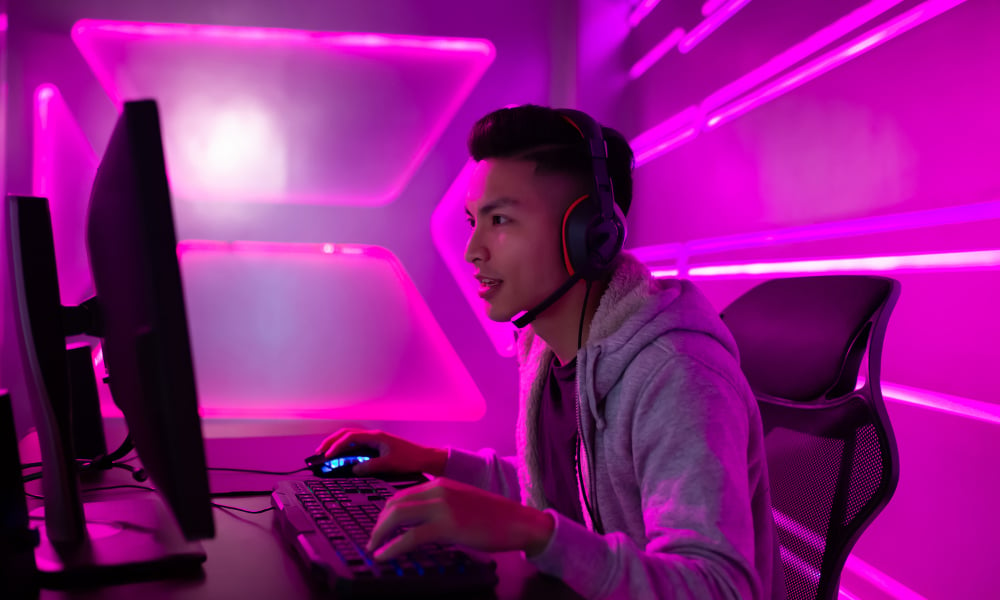
Tips for Choosing the Best Open-World Game for You
Find the perfect open world game for your playstyle with tips on exploration, progression systems, accessibility, and immersive features for mobile gaming.
Trending Topics
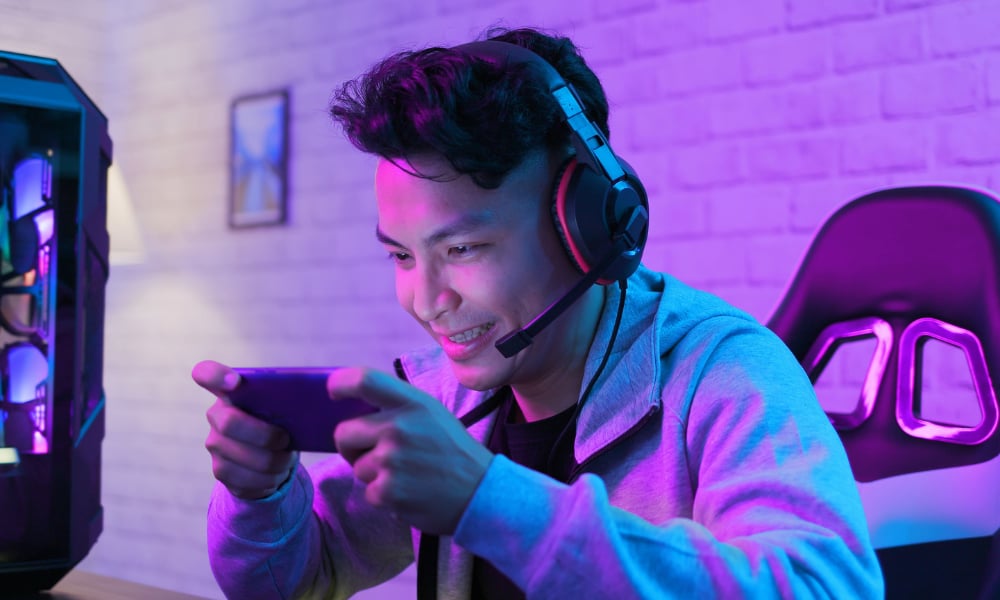
Mobile Sports Games: How to Go Pro Playing on Your Phone
Mobile sports games let you practice, compete, and improve on the go. Set goals, practice daily, and join tournaments for growth.
Keep Reading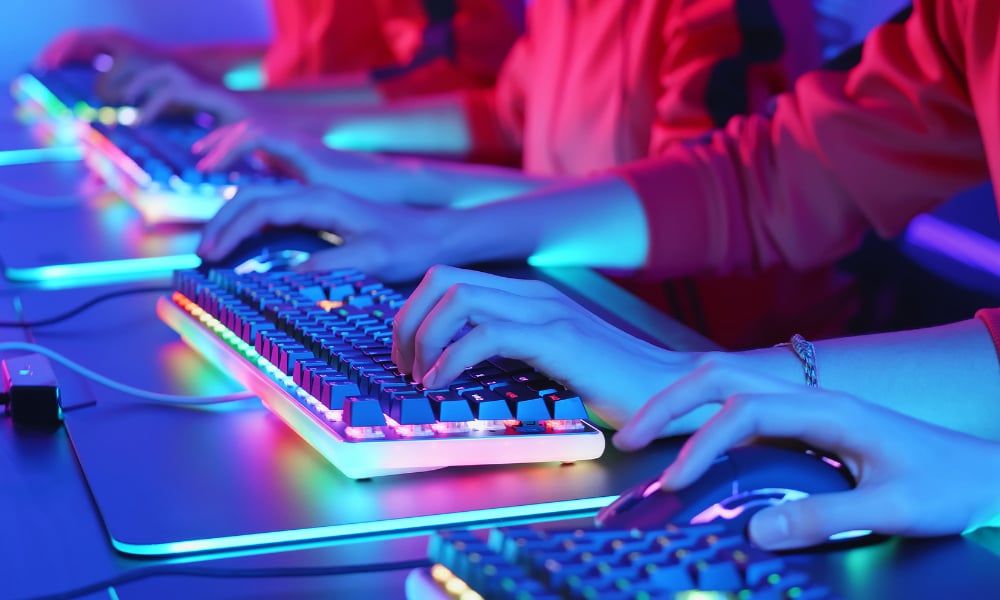
The Role of Streamers in Popularizing eSports Worldwide
eSports streamers revolutionize gaming by teaching live, hosting global challenges, and inspiring fans to join the competitive scene.
Keep Reading
Top Mobile Games to Keep You Entertained Daily
Discover the top mobile games for daily fun! Enjoy quick, rewarding sessions with puzzles, action, and strategy for every mood.
Keep ReadingYou may also like
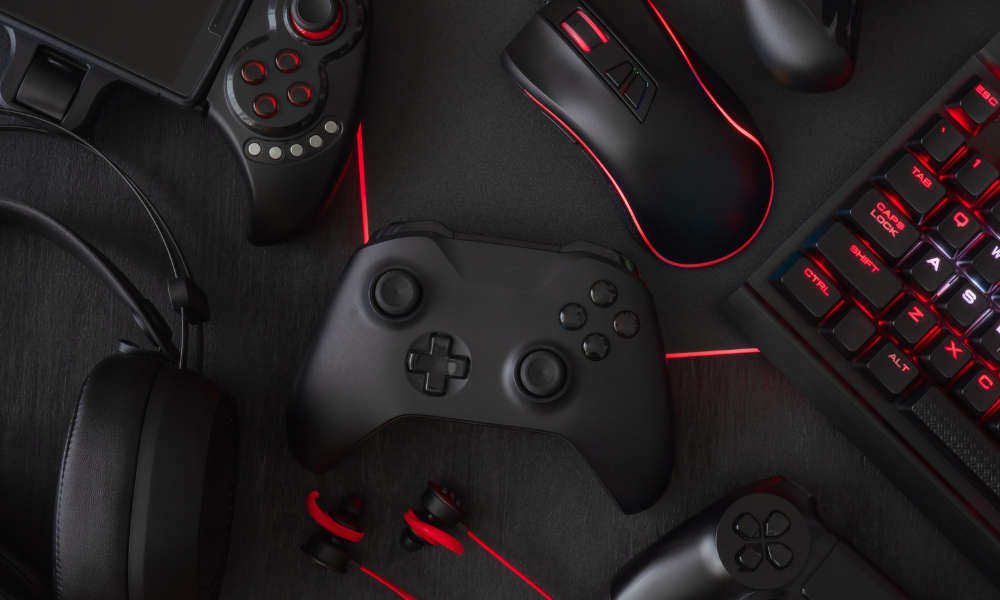
Tips to Improve Your Coordination and Reflexes in Action Games
Improve your coordination and reflexes in action games with these drills, tips, and techniques for faster, sharper gameplay.
Keep Reading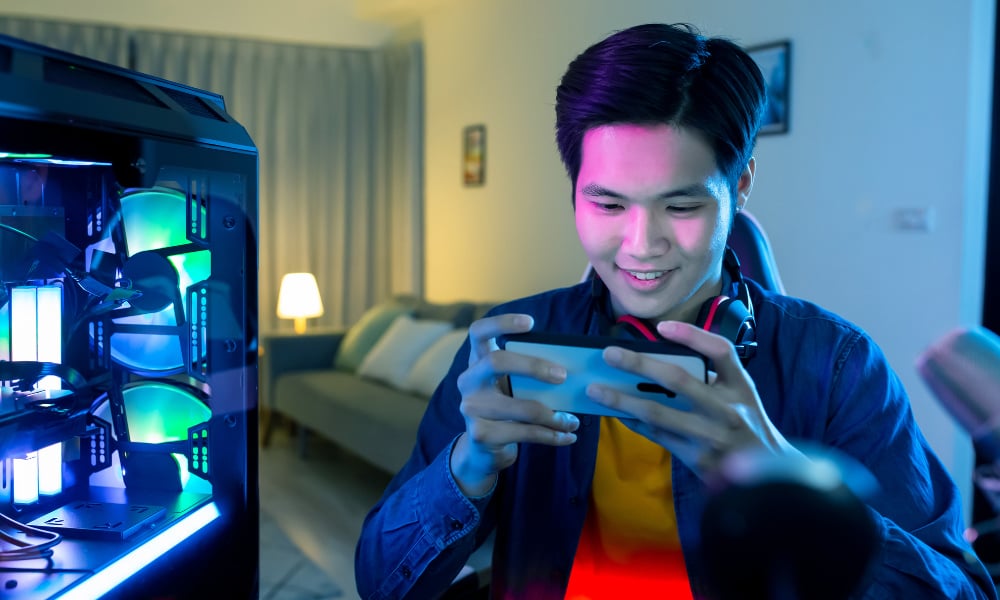
Tips to Beat Your Friends in Online Board Games — Real Strategies for Mobile Gamers
Master online board games by practicing strategy, reading the board, managing resources, and using smart communication for consistent wins!
Keep Reading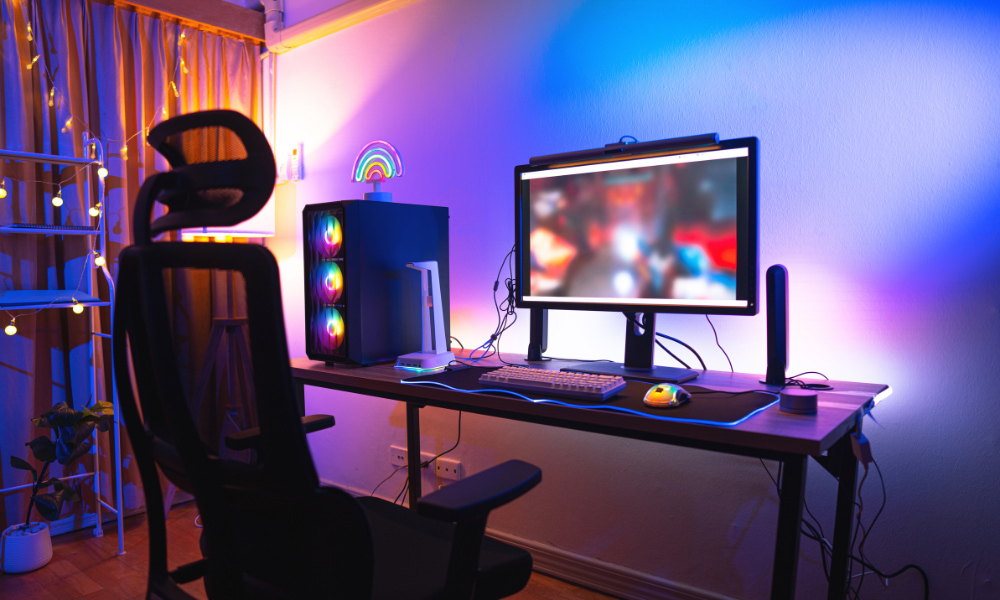
How to Build the Best Strategy in Real-Time Strategy Games
Master real-time strategy games by setting clear goals, optimizing resource management, and adapting quickly to shifting challenges.
Keep Reading